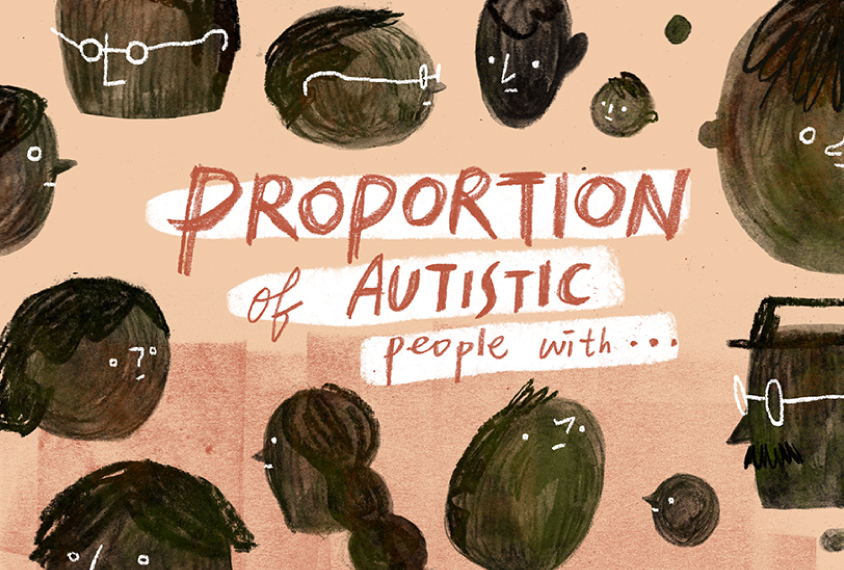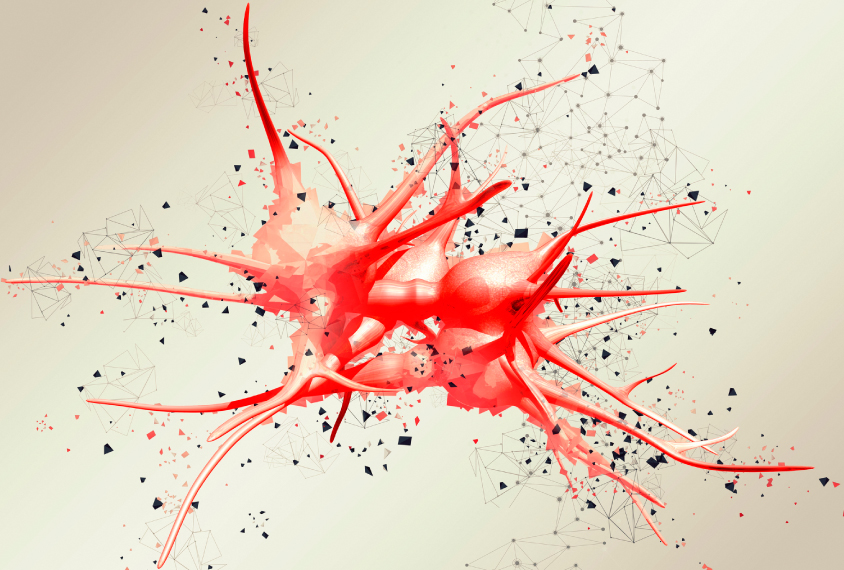Jeanne Erdmann is an award-winning health and science writer based in Wentzville, Mo. A member of Association of
Health Care Journalists board of directors, she is the chair of the organization’s Freelance Committee. Her work has appeared in Discover, Women’s Health, Aeon, Slate, The Washington Post, Nature, Nature Medicine and other publications. You can follow her at @jeanne_erdmann.
Jeanne Erdmann
From this contributor
Analysis pins down prevalence of mental health conditions in autism
Eight mental health conditions occur unusually often in autistic people, a new analysis suggests.

Analysis pins down prevalence of mental health conditions in autism
Drug screen reveals potential treatments for Rett syndrome
An experimental leukemia drug and a chemical in black pepper ease breathing and movement problems in a mouse model of Rett syndrome.

Drug screen reveals potential treatments for Rett syndrome
Explore more from The Transmitter
Snoozing dragons stir up ancient evidence of sleep’s dual nature
Deep-sleep cycling between brain waves of higher and lower amplitude dates far back on the evolutionary tree, according to a new comparative study of mammals and reptiles.
Snoozing dragons stir up ancient evidence of sleep’s dual nature
Deep-sleep cycling between brain waves of higher and lower amplitude dates far back on the evolutionary tree, according to a new comparative study of mammals and reptiles.
The Transmitter’s most-read neuroscience book excerpts of 2025
Books by Nachum Ulanovsky, Nicole Rust, and Andrew Iwaniuk and Georg Striedter made the list of some of the year's most engaging neuroscience titles.

The Transmitter’s most-read neuroscience book excerpts of 2025
Books by Nachum Ulanovsky, Nicole Rust, and Andrew Iwaniuk and Georg Striedter made the list of some of the year's most engaging neuroscience titles.
Neuroscience’s leaders, legacies and rising stars of 2025
Here are seven stories from the past year about some of the field’s most engaging figures.

Neuroscience’s leaders, legacies and rising stars of 2025
Here are seven stories from the past year about some of the field’s most engaging figures.